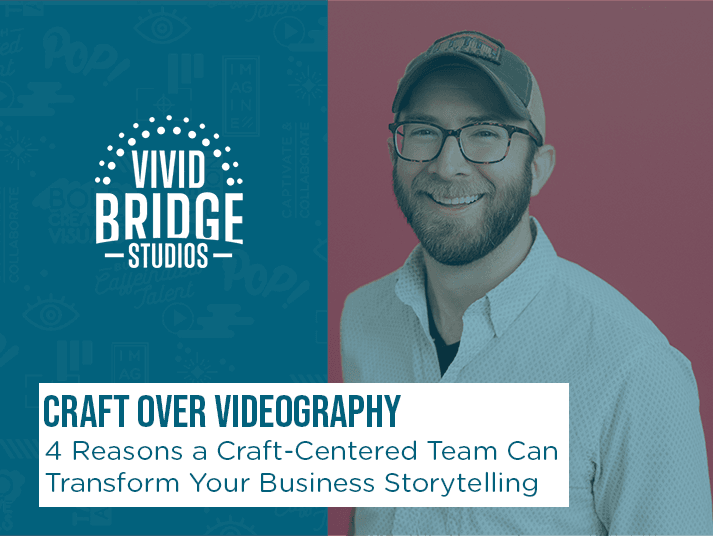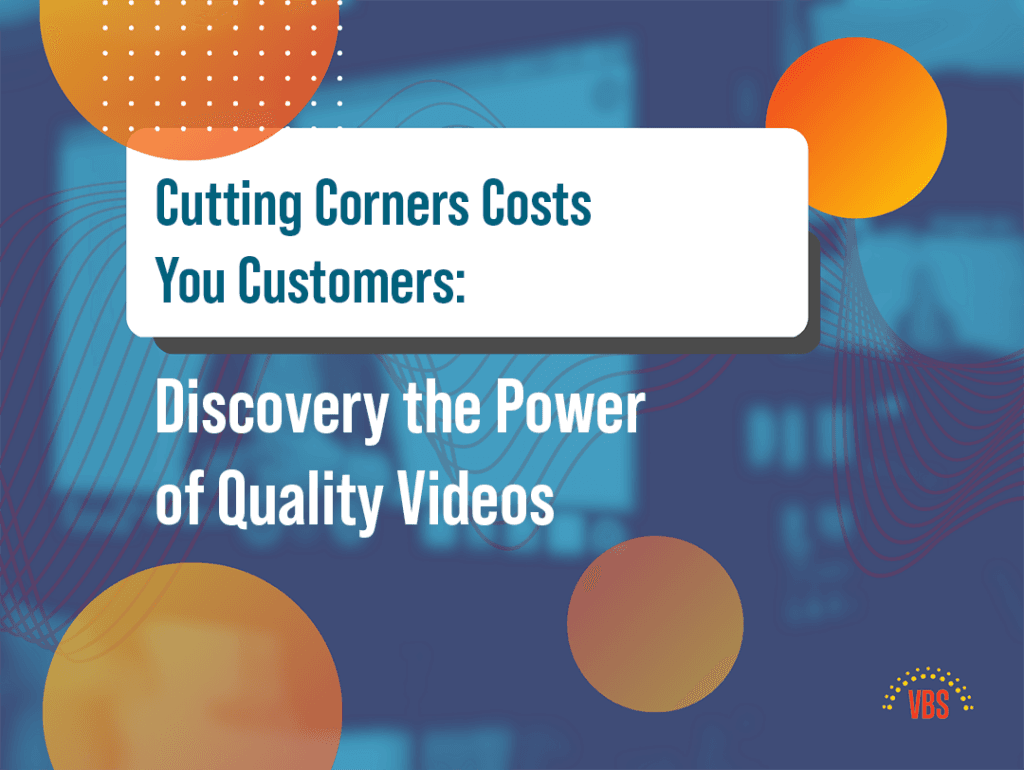
“My name is Doug. I’m 40 years old, and I am *deep breath* a commercial cinematographer,” I say aloud. “Hi, Doug”, the eclectic group of creatives and crew members seated around me in a circle say in unison.
“I’ve spent the last two decades trying my hardest to avoid a word that haunts me,” I say, my eyes cast down, “…videographer,” I whisper, the word hangs in the room like the Hindenberg waiting to ignite. The room fills with murmurs from my colleagues.
“We’ve all been there, brother.” a bearded man in cargo shorts says, putting his hand on my shoulder. “My dad says I set up shade for film crews all across the state. I’M A KEY GRIP, DAD. THOSE ARE MODIFIERS!”
What’s in a name? Why do I care so much about my title, Cinematographer or Director of Photography (DP), over other very industry-standard terms like Videographer or Camera Operator? I’ve spent years trying to figure out why I cringe when a client on set refers to me as “the videographer”. And that’s part of it… the years I’ve spent on sets learning the actual craft of this work.
I graduated from college in 2005, just a few years before the Canon 5DmkII was released, which changed the world of low-budget video production by making 1080P HD video recording at 24 frames a second using the affordable and widely available Canon EF mount lens set and the giant full frame sensor the camera body offered available to anybody with a credit card.
Before this, it was much easier to gauge the experience and success of the person you hired to film your project. On its surface, does it look like a film or like local news? Cameras that made images that were flat, blown out, and unflattering for the subjects on camera, like you would often see on local TV, were within reach of the committed prosumer or professional at the start of their career. At first glance, does it have flattering skin tones, shallow focus, and dimension? It was probably shot on a high-end digital cinema or film camera system, and those were mostly accessible to experienced professionals who could command higher budgets, who might already own their own camera system or work for a company large enough to support owning top-tier gear.

With the introduction of an affordable cinematic look that anybody could buy, the marketplace got saturated with video that had many of the characteristics of high-end film work being created by people of wildly variable experience and talent levels. So that means everyone is now capable of crafting gorgeous cinematic images, elevating and leveling the playing field, right?! Well, that’s where that keyword comes into play… craft. What do I mean by craft, and why should it matter to you as a business owner, vendor procurement officer, or marketing director? I’ve got 5 reasons right here:
- Craft is more than “quality”. It’s a guarantee. Think about investing all of your annual marketing production budget into one video project. You’ve spent a month working hand in hand with the creative team, developing an idea, planning the shots, securing talent, and you’re about to arrive on set and make your vision come to life. You’ve hired a videographer-based team instead of a craft-centered team. They arrive with a good camera, a tripod, and a shot list, methodically going through the list and capturing the action in the room as it happens. You finish the day, get your preview edit a week or two later, and wonder why even though every shot technically matches the shot sheet… it feels… bad. “Why are the desks messy?” “Why is one person being blasted by the sun and another silhouetted by a window?” “Why is everyone’s skin kind of orange and the outside look cold and blue?” “Why do I feel like I’m watching a security camera feed?”
Let’s back up and re-imagine your shoot day.

You arrive on set and meet your craft-centered team, which includes a cinematographer, a director, an art director, and a team of grips and gaffers that have a box truck full of lighting gear. “Isn’t this overkill?” you think to yourself, but you trusted this team with your full budget and know that your experience so far has felt like a partnership you can have faith in. You watch as the art director organizes, cleans, and often completely re-decorates each location. You watch the grip and gaff team block light, add light, and bounce light until each person’s exposure is beautifully shaped and matched. You watch the director and DP work together to discuss angle, camera movement, and talent blocking. You get the preview edit and wonder why even though every shot technically matches the shot sheet… it feels like it’s greater than the sum of its parts. This is the guarantee that craft assures. It can create that magic every day in any location. Videography is the gamble that every location will be screen ready when they arrive, that the action will unfold in the best way possible, and that the weather won’t throw any surprise curveballs. At the scale of a budget that commercial production can reach, that’s a pretty big gamble with your company’s resources.

- Craft is timeless. Every business thinks about long-term returns on their investments, and technology changes too rapidly to put all of your eggs in the “cutting-edge camera gear” basket. Showing up on set with the newest camera, stabilizer, and drone isn’t bad, but if that’s all you’ve brought, there is no guarantee that you’re going to get anything of value out of your production. The thing that influences what an image looks like more than anything is what’s in front of the lens: light, composition, art direction, and movement. These foundational elements of cinematography don’t need updates, they don’t go out of style, and they don’t break down on set, but they only come with a legitimate cinematographer and are a complete shot in the dark with a videographer.
- Craft reflects a company’s values. There’s a good chance that a company that doesn’t prioritize craft and content over equipment, trends, and shortcuts don’t have your best interest at heart. How do you approach your own profession, craft, or trade? What’s your relationship with your work? How deeply do you care about that love and commitment being translated into an image authentically, thoughtfully, and nuanced? A craft-centered production team keeps your goals and identity at the forefront of every decision made leading up to and during your production.
- Craft tells your story without using words. In video, you have the opportunity to tell your story in two different ways simultaneously. You have your script or interviews that verbally communicate the core content, and you have the visual narrative that communicates the essence and tone of your story both on its surface and subconsciously. I’m sure you’ve heard the old adage, “It’s not what you say but how you say it.” The craft in your image is the how that matters most in video. Imagine your perfect next client scrolling through their feeds, your ad comes up, but like so many, it’s muted. Do they find themselves entranced with the perfect visual hook you developed with your creative team, or do they scroll past another motionless and off-color talking head that they’ve seen from so many other ads in the last 30 seconds? Work with teams that produce work that makes you feel the way you want your prospects to feel.

My battle is with helping the world understand why I’m such a stickler about being called a cinematographer, not a videographer. I bring a guarantee, a timeless value, a promise to my clients that I will tell their story as effectively with the lens as the on-camera talent will with their script.
The larger philosophy of craft vs trend vs equipment is a battle that creatives of all variety fight. I hope this conversation gives you a bit to chew on when you’re contemplating who the right creative partner is for your marketing and communications projects. Give us a shout when you’re ready to elevate your story.


